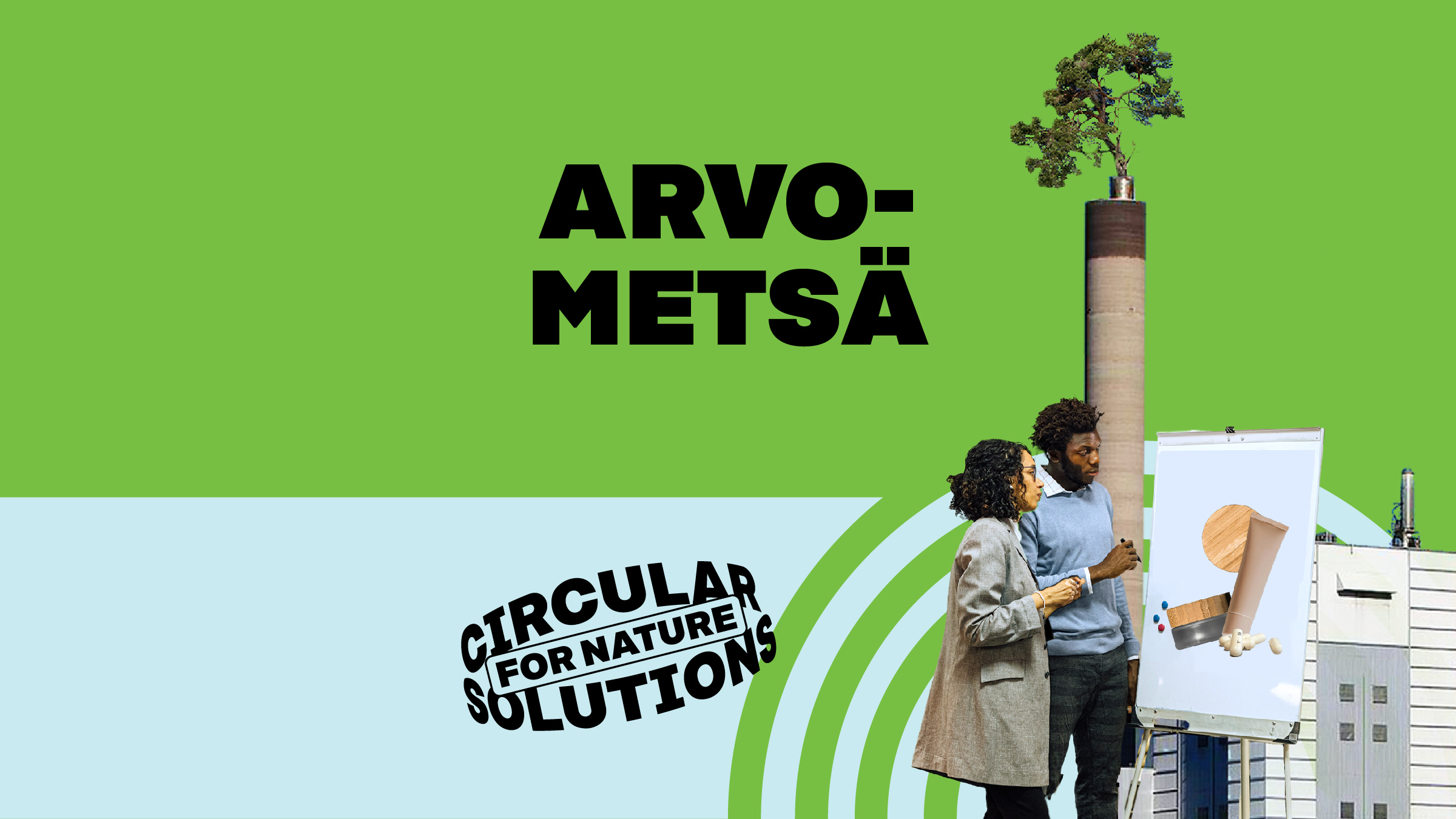Problem
Traditional forestry practices pose challenges to fragile soils, nutrient retention and forest ecosystems. The impacts may result in disruptions to the soil, transforming natural landscapes and affecting the land’s ability to support diverse ecosystem services. Damage to vegetation and disturbance of the soil during felling can lead to erosion, increased acidification and eutrophication. Increasing risks of pests and extreme weather events are a growing challenge.
Solution
Arvometsä focuses on improving the profitability of forest ownership by implementing continuous cover forestry (CCF) management, based on top thinning approaches tailored to the specific needs of different types of forests in Finland. This method aims to maintain a forest canopy through the selective removal of trees, allowing for a natural regeneration and continuous cover of vegetation, providing a stable foundation for forest ecosystems.
“Regenerative forestry can ensure the long-term economic viability of forestry operations, while also reducing risks and input costs, and making possible new businesses that promote the forest as a destination for people to enjoy.”
Riku Sinervo and Tim Forslund, Sitra
Biodiversity impacts
Arvometsä’s approach aims to promote biodiversity and ecosystem resilience. Arvometsä’s objective is to maintain the forest structure throughout the life cycles of trees. The method intends to mitigate the negative effects associated with habitat loss from final felling through CCF. By maintaining forest cover, this method aims to maintain and improve healthy habitats for species and to protect soil from erosion, water and nutrient retention, with less acidification and eutrophication as two positive outcomes.
Benefits for the company
Compared to conventional forestry, Arvometsä’s approach offers a steady income through periodic timber harvests while driving regenerative outcomes, which help reduce the risks associated with extreme weather events and the need for external inputs such as fertilisers. By harnessing the forest’s natural regeneration, costs can be cut for tillage, planting and caring for seedlings and early pruning, while ecosystem services such as pest management can be harnessed. To be most effective, CCF needs to be adapted to the specific conditions of different forests, for example by accounting for soil types and the incidence of root rot.

































